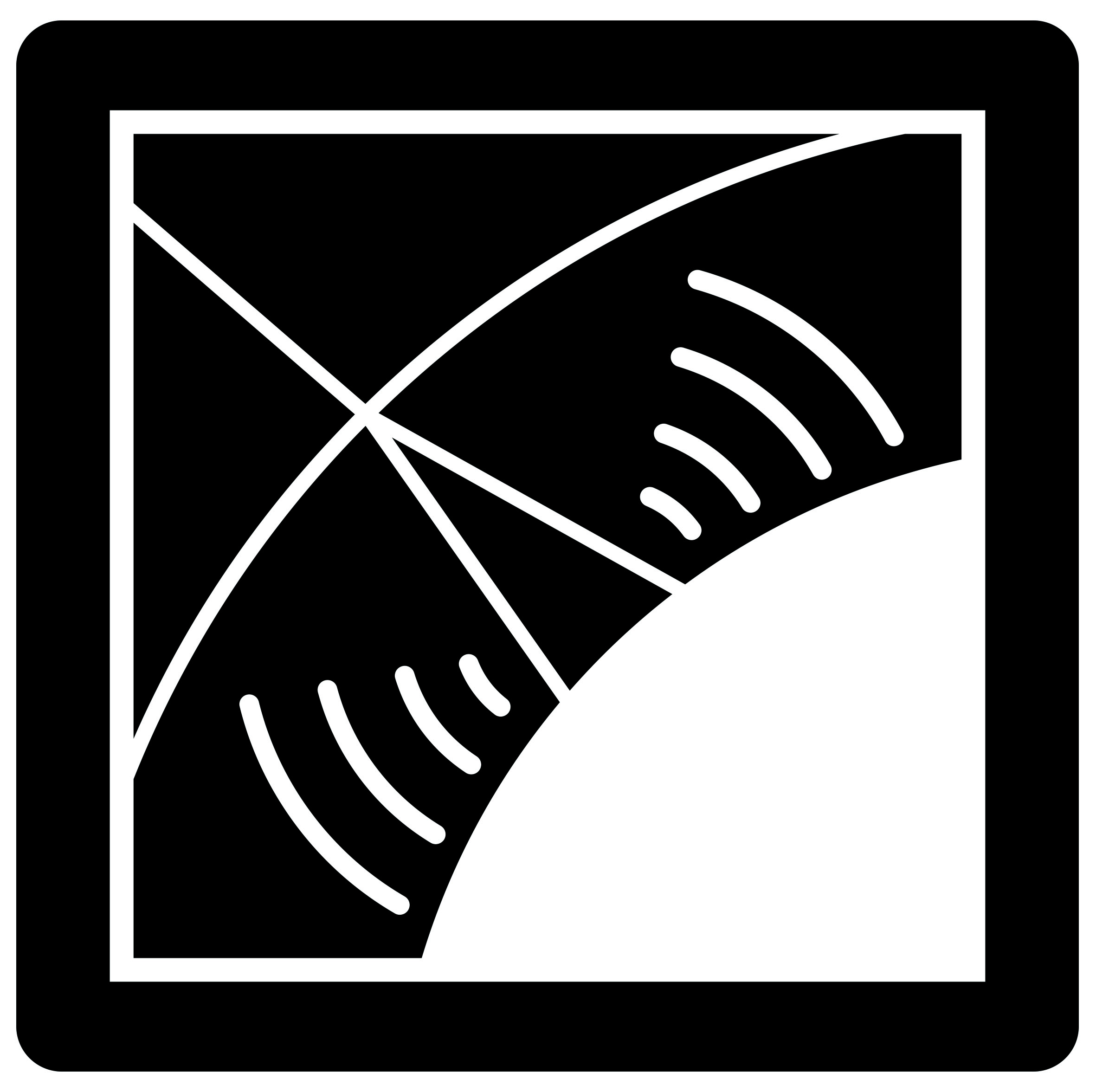CODALEMA
Started in 2002 with the CODALEMA experiment, the activity of the Astroparticles group of Subatech has been discontinued by the IN2P3 in 2020, at the end of the EXTASIS project. The aim of CODALEMA was to demonstrate the feasibility and relevance of the radio detection of atmospheric particle showers initiated by ultra-high energy cosmic rays. Installed at the Nançay Radio Astronomy Observatory, this pioneering experiment has mobilised many people from Subatech, the Paris-Meudon-Nançay Observatory, the LPSC (Grenoble), the former LAL, now IJCLab (Orsay), the LAOB (Besançon), the ESEO (Angers) and the LPCE (Orléans) over its almost 20 years of existence. Some 15 researchers, a dozen engineers and technicians, 10 PhD students and 3 post-doctoral fellows have contributed over the years to the success of the experiment, which has produced 11 articles and more than 40 contributions to conferences and has been exported to other sites (AERA in Argentina, TREND in China) and led to collaborations with many international groups. At present, there is still an R&D activity at Nançay, focused on the radio detection of gamma rays and more generally of ultra-short transients using the NenuFAR radio telescope. Some of the CODALEMA equipment still operates on the site, but in a reduced form and only with the aim of temporarily accompanying observations with the radiotelescope NenuFAR in a multi-messenger astronomy perspective, one of the new themes of the Subatech laboratory. This CODALEMA web site focuses on few of these aspects.

